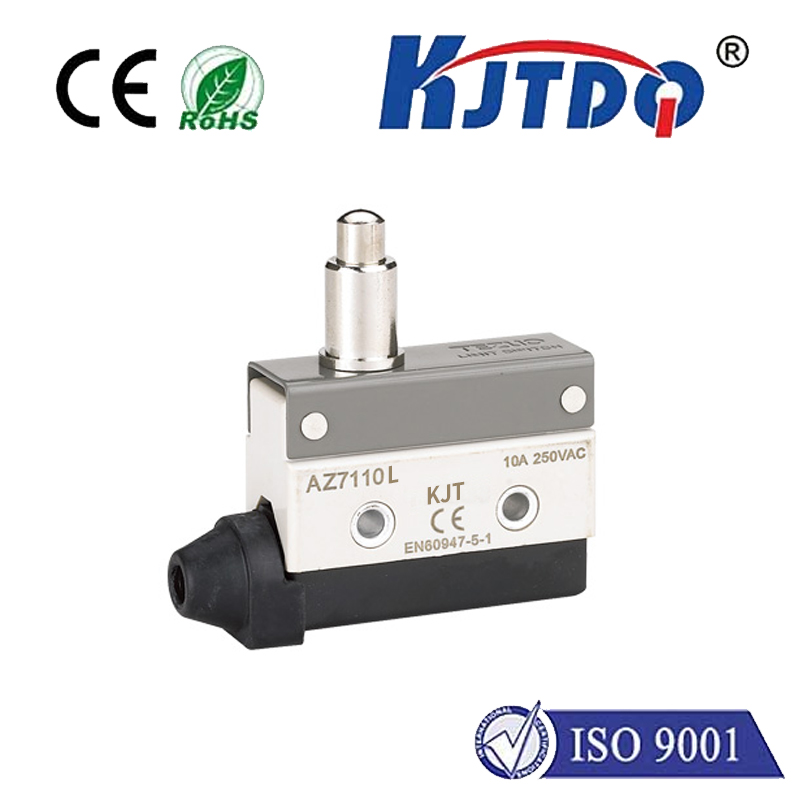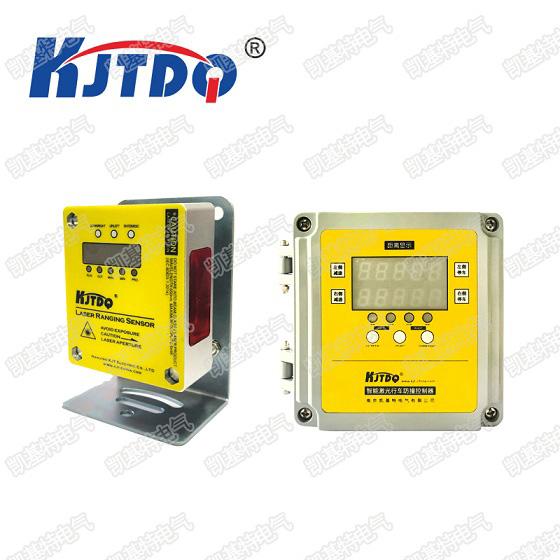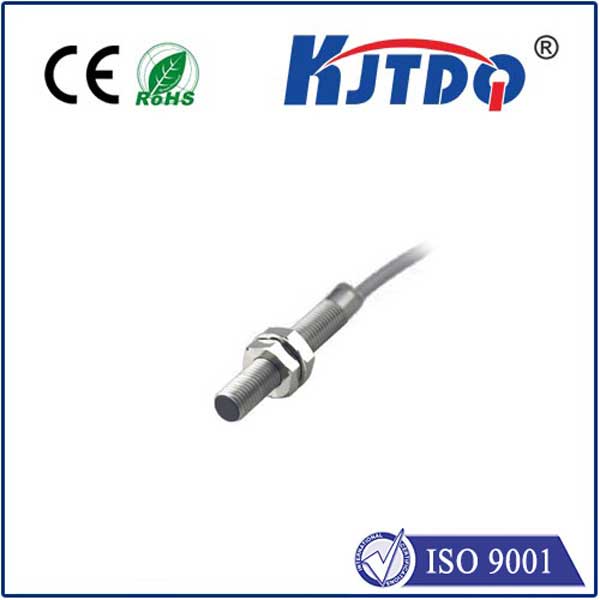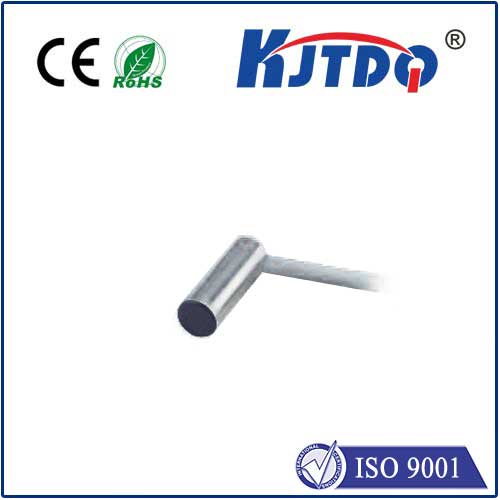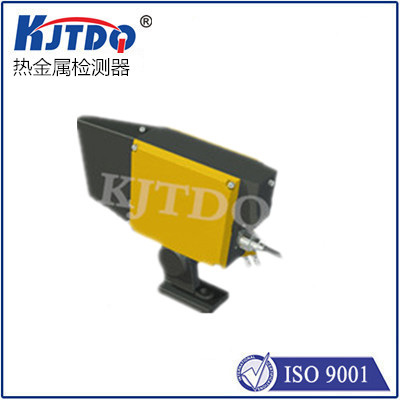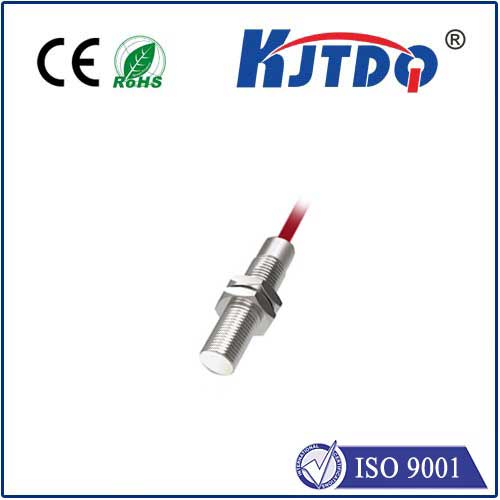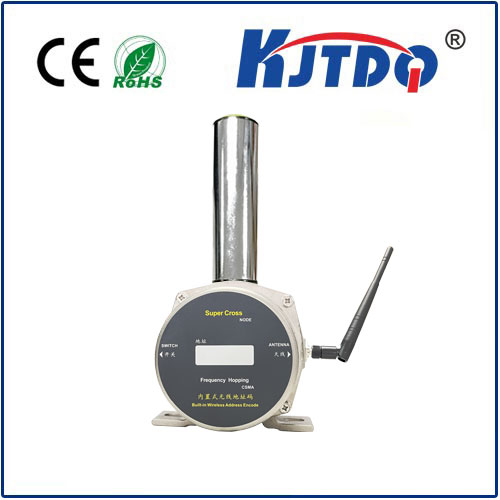
check

check

check

check
Title: Inductive Distance Sensors: Revolutionizing the Future of Measurement
Introduction:
Inductive distance sensors have rapidly evolved as an essential component in various industrial and consumer applications. These sensors use a unique method to measure distances without making physical contact, providing accurate and reliable readings in challenging environments. This article delves into the basics of inductive distance sensors, their working principle, benefits, and potential applications.
Section 1: Working Principle of Inductive Distance Sensors
An inductive distance sensor consists of two parts: a transmitter and a receiver. The transmitter generates an electromagnetic field that passes through the coil inside the sensor. When the coil is disturbed by an object or obstacle, it creates a change in the magnetic field, which in turn triggers the transmitter to emit a signal. The receiver then measures the strength and duration of this signal to determine the distance traveled by the object.
Section 2: Benefits of Inductive Distance Sensors
1. Non-Contact Measurements: Unlike other distance measuring devices such as optical displacement gauges, inductive distance sensors don't make direct contact with the object being measured, eliminating the risk of scratches, contamination, or damage to fragile surfaces.
2. High Accuracy: Inductive distance sensors can measure distances up to several meters with high accuracy, making them suitable for a wide range of applications, from industrial automation to home automation systems.
3. Easy Installation and Maintenance: Since there are no moving parts or mechanical components involved in the measurement process, inductive distance sensors require minimal maintenance and are easy to install.
4. Cost-Effective: Inductive distance sensors are generally less expensive than optical displacement gauges and other similar technologies, making them an attractive option for budget-conscious consumers and businesses.
Section 3: Potential Applications of Inductive Distance Sensors
Inductive distance sensors find widespread usage in various fields such as:
1. Industrial Automation: In industries where precise measurements are crucial for safety, quality control, and production efficiency, inductive distance sensors provide reliable and non-contact measurements. They are commonly used in assembly lines, robotics, material handling systems, and welding processes.
2. Medical Industry: In medical settings like hospitals and laboratories, inductive distance sensors help detect obstacles and avoid collisions between equipment and patients or workers. They are also used to measure body temperature and vital signs accurately.
3. Consumer Electronics: In homes and smart appliances, inductive distance sensors are used to detect obstacles like people or pets and trigger corresponding actions like opening doors or turning off lights. They are also integrated into gesture-controlled devices like smart speakers and tablets for user interaction.
4. Automotive Industry: In automobiles, inductive distance sensors help ensure proper positioning of seats, doors, and other interior components. They also play a significant role in collision avoidance systems by detecting objects around the vehicle.
Conclusion:
In conclusion, inductive distance sensors have revolutionized the way we measure distances without making physical contact. Their numerous benefits, including high accuracy, ease of installation and maintenance, and cost-effectiveness, make them an indispensable component in various industries and sectors. As technology continues to evolve, we can expect even more innovative applications of inductive distance sensors in our daily lives.


